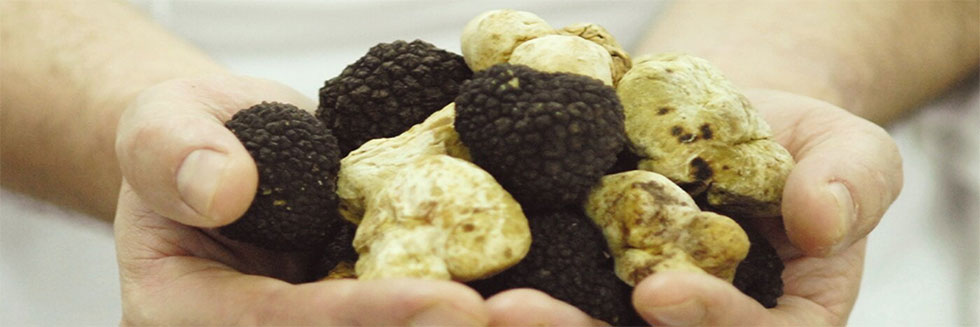
How are truffles grown?
Planting and cultivation of black truffles
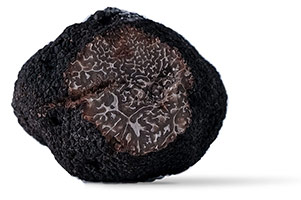 Sometimes called winter truffle or "Black Diamond" (because of its inimitable flavor and price), the black truffle (Tuber Melanosporum) is an excellent edible. Known since ancient times, it is still today the indispensable jewel of holiday menus and gastronomic meals. But what are its main characteristics? Where does it grow naturally? How to grow it and in what type of soil? Which plants should be chosen to optimize its development? When to harvest it? So many questions that we will try to answer through our advice sheet dedicated to the cultivation of the black truffle.
Sometimes called winter truffle or "Black Diamond" (because of its inimitable flavor and price), the black truffle (Tuber Melanosporum) is an excellent edible. Known since ancient times, it is still today the indispensable jewel of holiday menus and gastronomic meals. But what are its main characteristics? Where does it grow naturally? How to grow it and in what type of soil? Which plants should be chosen to optimize its development? When to harvest it? So many questions that we will try to answer through our advice sheet dedicated to the cultivation of the black truffle.
Cultivation of the Burgundy truffle
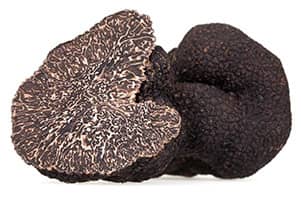 At times called autumn truffle or Champagne truffle, the Burgundy truffle (Tuber Uncinatum) is sought after for its very subtle aromas. More fragrant than the summer truffle and lighter than the black truffle, it has long been preferred by royal tables. But what are its specificities? Where can it be found? How to grow it (on which type of soil, in which climate, from which plants)? How to promote its development? When should it be harvested? So many questions to which you will find answers in our advice sheet dedicated to the cultivation of the Burgundy truffle.
At times called autumn truffle or Champagne truffle, the Burgundy truffle (Tuber Uncinatum) is sought after for its very subtle aromas. More fragrant than the summer truffle and lighter than the black truffle, it has long been preferred by royal tables. But what are its specificities? Where can it be found? How to grow it (on which type of soil, in which climate, from which plants)? How to promote its development? When should it be harvested? So many questions to which you will find answers in our advice sheet dedicated to the cultivation of the Burgundy truffle.
What about the summer truffle farming ?
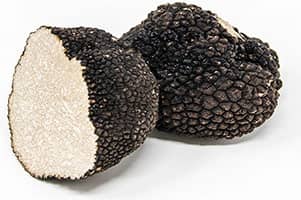 Sometimes called "white summer truffle" or "St. John's truffle" (in relation to its period of maturity), the summer truffle (Tuber aestivum) is the earliest of the year. It is harvested at the end of the spring rains and its subtle aromas of hazelnut and mushroom make it a condiment of choice for summer gastronomy. But what are its particularities? Where does it grow naturally? From which trees should it be grown and in which type of soil? How to ensure its growth until maturity? When to harvest it? All these questions are answered in our
Sometimes called "white summer truffle" or "St. John's truffle" (in relation to its period of maturity), the summer truffle (Tuber aestivum) is the earliest of the year. It is harvested at the end of the spring rains and its subtle aromas of hazelnut and mushroom make it a condiment of choice for summer gastronomy. But what are its particularities? Where does it grow naturally? From which trees should it be grown and in which type of soil? How to ensure its growth until maturity? When to harvest it? All these questions are answered in our
What about white truffles farming ?
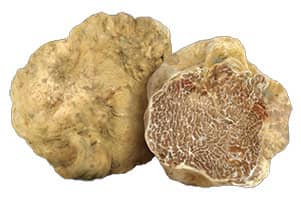 Sometimes called winter truffle, Alba truffle or Italian truffle (in relation to its geographical origin), the white truffle (Tuber Magnatum) is the rarest, the most famous and therefore the most expensive of truffles. Its incomparable perfume and its bewitching aroma make it a must for the greatest gastronomic tables. But what are its characteristics? How to recognize it? Where to find it? How to grow it, from which plants and under which climatic conditions? When should it be harvested? This is what we are going to see through this advice page dedicated to the cultivation of the white truffle.
Sometimes called winter truffle, Alba truffle or Italian truffle (in relation to its geographical origin), the white truffle (Tuber Magnatum) is the rarest, the most famous and therefore the most expensive of truffles. Its incomparable perfume and its bewitching aroma make it a must for the greatest gastronomic tables. But what are its characteristics? How to recognize it? Where to find it? How to grow it, from which plants and under which climatic conditions? When should it be harvested? This is what we are going to see through this advice page dedicated to the cultivation of the white truffle.
Pro tip: Choose high quality mycorrhized truffle plants !
To optimize the yield of your truffle plantation, use high quality truffle plants. ROBIN Nurseries, world leader in the field of controlled mycorrhization, puts its experience and know-how at your service to accompany you in the success of your plantation. We offer you high performance truffle plants certified by INRAE (National Institute of Research for Agriculture, Food and Environment), the guarantee to use the best products in your orchard.
Depending on the nature of your land, the composition of the soil and the climate, and on the species of mycorrhizal truffle trees that you plant, you will be able to harvest different kinds of truffles within 5 to 8 years :
- The black truffle (Tuber melanosporum), which matures from December to the end of March
- The Burgundy truffle (Tuber uncinatum), which ripens between mid-September and the end of January
- The summer truffle (Tuber aestivum), to be harvested from late May to late December
- The white truffle (Tuber magnatum), matured from October to December